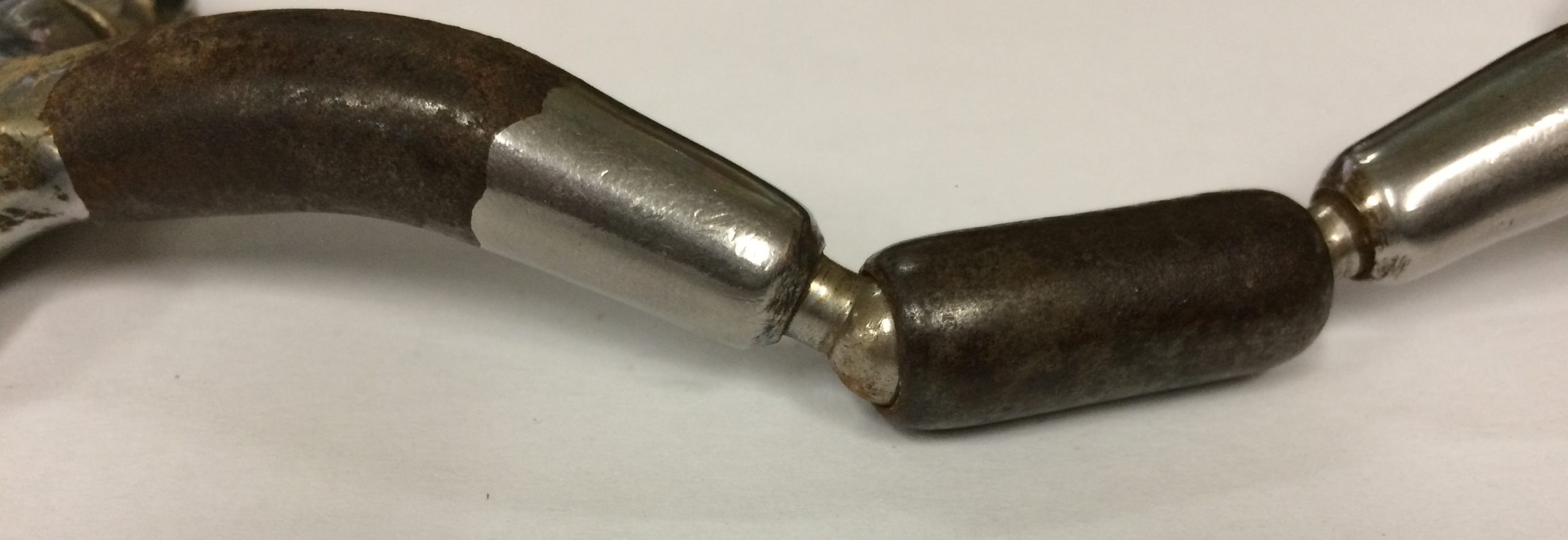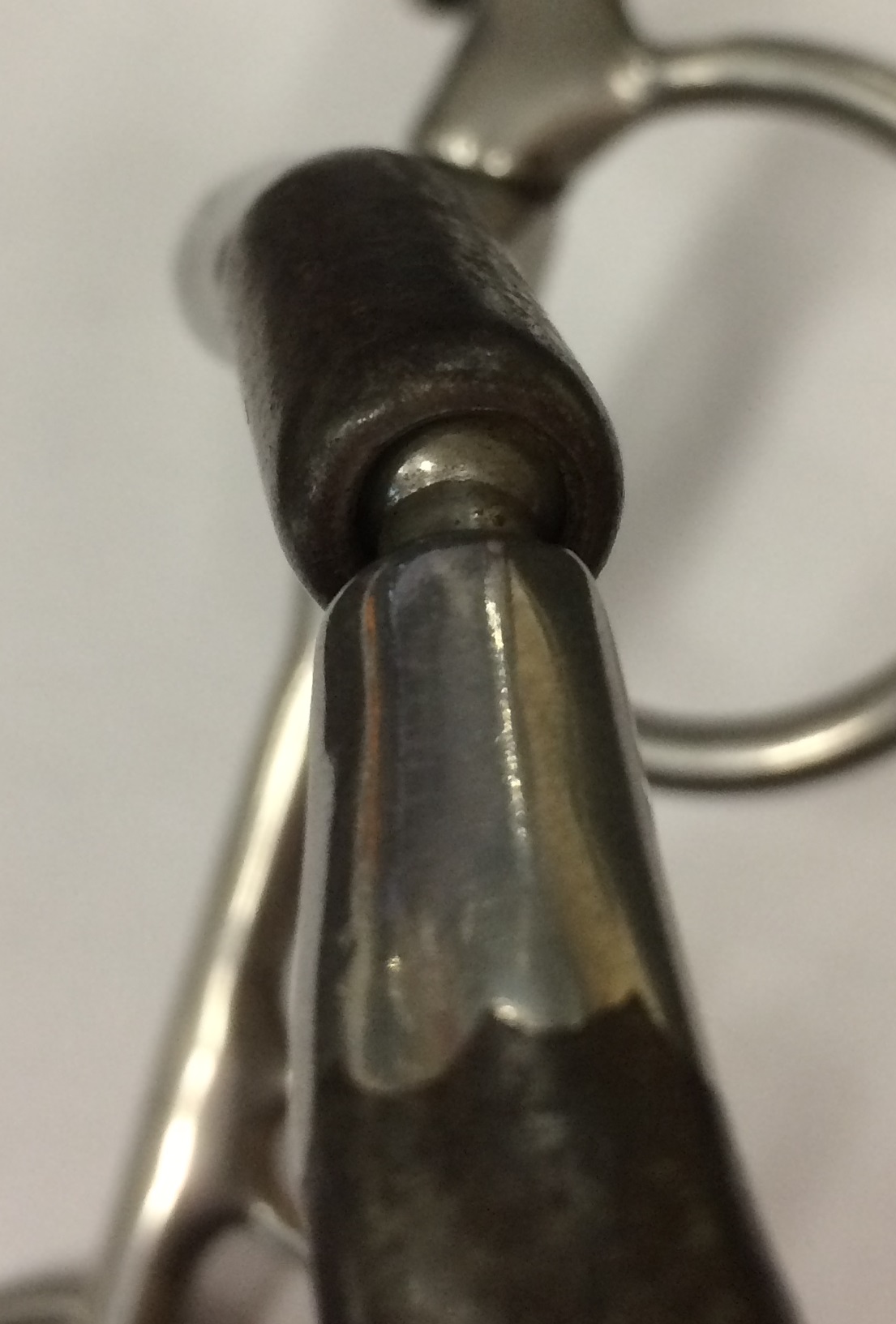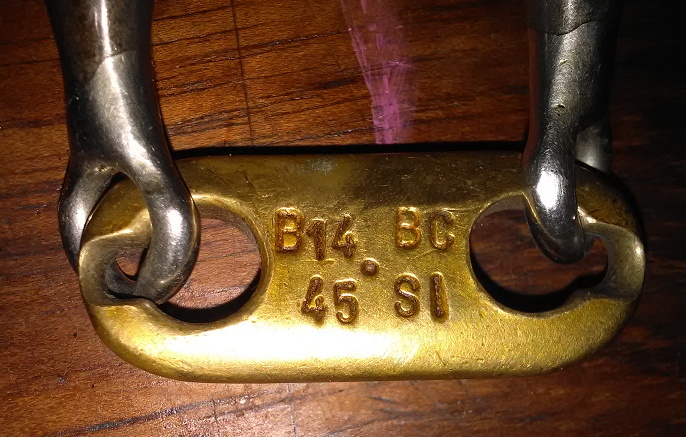Why and where do bits wear?
What is wear?
Factors contributing towards wearing:
Type of Material
Metal Materials
Metal materials can experience wear when it is jointed (eg. Snaffle) or where there is movement (eg. Loose Ring bits). Wear occurs due to the friction/ movement between parts, when metal rubs against another metal it will create wear as they are both strong substances and can allow the joints to deteriorate causing wear. Luckily, metals are strong substances and can last for a very long time although there is movement and friction – it is still important to check the quality of your equipment to ensure it is safe to use.
Non-Metal Materials
Non-metal materials can also experience wear as they are not as durable as metal materials. Wear can originate from a horse biting into the material or grinding it’s teeth on the bit. These non-metal materials are chewable and a horse has a bite strength of 500 psi, but it is not just the force of the bite, the horse will grind as well as biting down. When this happens, the material is damaged and can let in moisture from the horses’ saliva. These materials all have a metal cable run through the center to ensure the horse cannot bite the bit in half – however, when the coating/material is damaged the moisture that is able to get through can allow the cable inside to wear. This is why checking equipment is vital to ensure that your equipment is in good condition and safe to work in.
Functionality of the Bit
The functionality of the bit can impact the wearing of a bit as bits have different designs to allow for unique functionalities. If we compare a Single Jointed mouthpiece to a Barrel Jointed mouthpiece, the barrel jointed mouthpiece will experience wear quicker than a single jointed mouthpiece if they were hypothetically used exactly the same. This is due to the different joints – a barrel jointed mouthpiece has a innovative structure but this structure experiences more wear as the joint is smaller, finer and goes through more friction. A single jointed mouthpiece will is not experiencing as much friction as the barrel joint and is also not as closely linked.
To learn more about the Wearing of Barrels:
Usage of the Bit
The usage of a bit can also contribute to its wearing, depending on how often the bit is used and the level of work the bit is used for.
When a bit is used very regularly for engaging work, it will experience wear as it will constantly be experiencing friction due to the movement from the aids from the rider and the horse’s response.
When a bit is used less often and for non-engaging work , it will not experience as much wear as above as the amount of friction will be drastically less.
Checking your equipment:
As previously mentioned, checking your equipment is extremely important to make sure that is safe to use. It is important to check the joints of your mouthpieces, as well as the Loose type of cheekpieces. Below are images of joints that have experienced a great amount of wear and are no longer safe to use.



